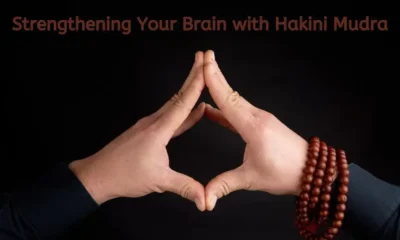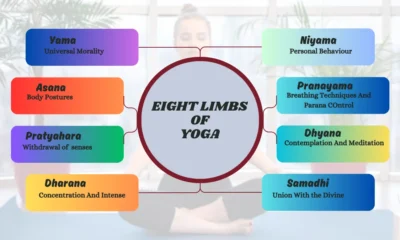YOGA
The Power of Breath and Movement: Exploring Vinyasa Yoga Practice
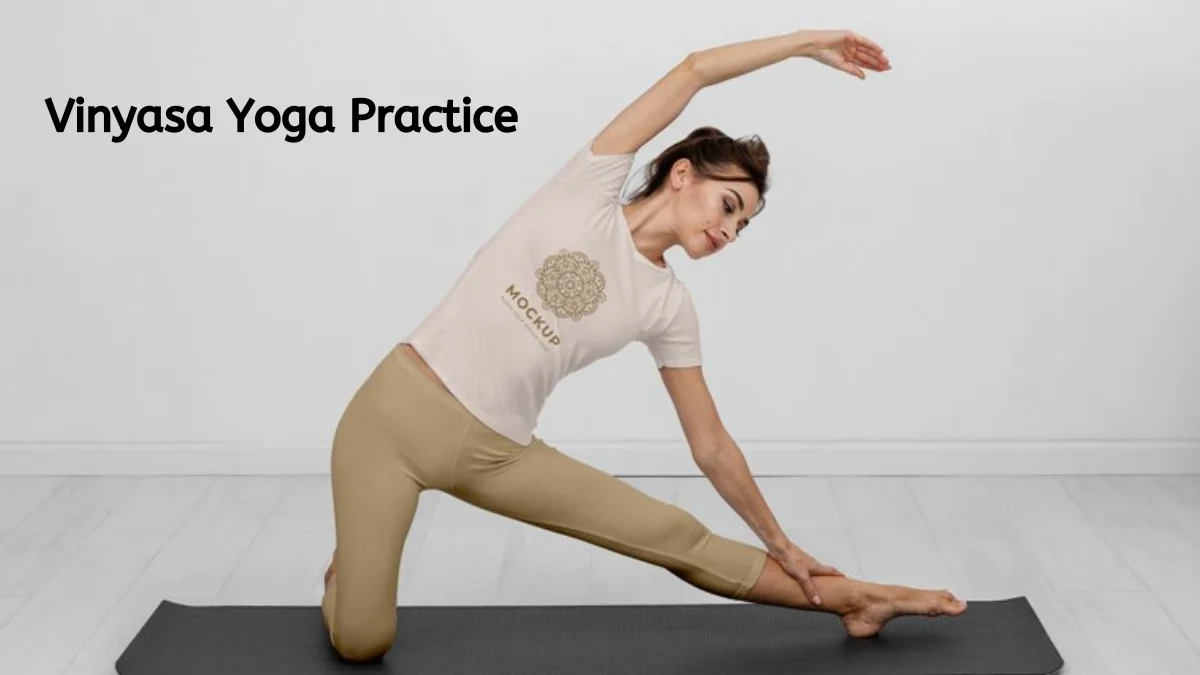
Have you ever experienced the transformative power of syncing your breath with movement? In the world of yoga, Vinyasa practice is a dynamic and fluid form that combines breath control with flowing sequences to create a powerful mind-body connection. Join us as we dive into the breathtaking journey of Vinyasa yoga and discover how this ancient practice can cultivate strength, flexibility, and inner peace in our daily lives.
Table of Contents
What Is Vinyasa Yoga?
Vinyasa Yoga is a dynamic, flowing form of yoga whereby the movement is synchronized with the breath. Each pose moves into the next in a flow, a bit dance-like in practice. From the literal definition in Sanskrit of its parts—from “Vi” —this somewhat diverts the importance of intentional sequencing.
History and Origins of Vinyasa Yoga
Vinyasa Yoga, a dynamic and flowing practice that synchronizes breath with movement, has roots dating back to ancient India.. “Vinyasa” comes from “to arrange something uniquely”; therefore, it refers to arranging poses intentionally with extra stress on the sequence.
Its origin can be traced back to the teachings of Tirumalai Krishnamacharya, often referred to as the father of modern yoga. It is then through his ingenuity and inspiration that he was able to borrow some ideas from the traditional teachings of Hatha with elements of martial arts and gymnastics to come up with what is now well known as Vinyasa Yoga.
One of the most acclaimed, internationally famous students of Krishnamacharya is K. Pattabhi Jois, who also ventured on further to develop it into what is known these days as the Ashtanga Vinyasa Yoga. Ashtanga emphasizes particular sequences with a touch of Ujjayi breathing and Bandhas, a combination that forms a strong base for Vinyasa worldwide.
Vinyasa yoga has evolved for centuries, rooted in a very rich history and deep spiritual importance that respects what changes and develops with the utmost.
Understanding the Connection between Breath and Movement
In a Vinyasa Yoga class, both your breath and your body’s motion are likened to that of a dance—one fluid, rhythmic, and impactful. The gentle taking of a pose, an expression of grace and intention while an exhale deepens your expression of the pose. This breath then becomes a common thread through each of the poses, thus fitting a continuous weave all along your body.
It’s how the body follows one through work to mindfulness and being mindful as one does practice. It anchors you in the present moment in that whatever is going around and about boring dwindles as you get utterly entangled with every move. The breath moves in tandem with movement as you help to increase physical performance and nurture calm and balance from the inside out.
By syncing your breath with your movements, you tap into a profound source of strength and stability within yourself. It becomes a moving meditation that transcends mere physical exercise, offering an opportunity for self-discovery and transformation on both a mental and emotional level.
The Benefits of Vinyasa Yoga for the Mind and Body
Vinyasa yoga offers a myriad of benefits for both the mind and body.
- Strengthens muscles, improves flexibility, and enhances endurance.
- Increases cardiovascular health and promotes detoxification through sweat.
- Improves posture and balance with regular practice.
- Reduces stress and anxiety through deep breathing techniques.
- Fosters self-awareness and emotional stability.
- Builds resilience and boosts confidence.
Essential Poses and Sequences in a Vinyasa Practice
One of the key aspects of a Vinyasa yoga practice is the variety of poses and sequences that flow seamlessly together.
- This practices itself with Sun Salutations—a lively movement series that builds the heat of the body while connecting breath with motion.
- Warrior poses like Warrior I, II, and III build strength in both body and mind while improving focus and balance.
- The Tree poses challenges to stability while fostering a sense of groundedness.
- Through their balancing pose in the “Crow” and “Headstand” balancing poses, yoga teaches one how to focus by using core muscles and overall coordination.
- Backbends like Upward Facing Dog open up the chest and heart space, promoting feelings of openness and vulnerability.
- Introducing seated torso twists, such as the Half Lord of the Fishes pose, aids greatly in detoxifying the visceral organs and offers a much better range of motion for the spine.
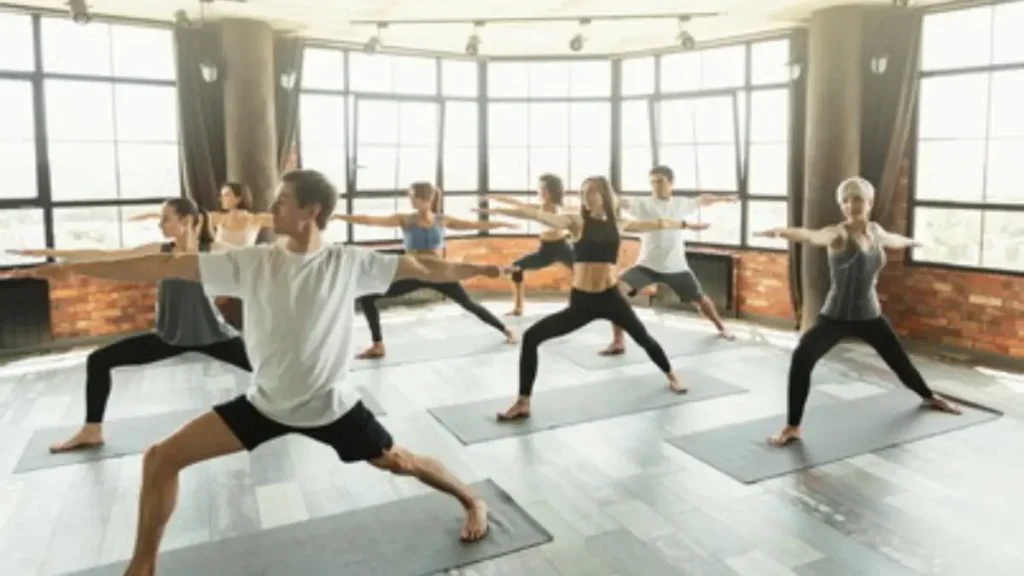
Key Elements of a Vinyasa Yoga Practice (breath, movement, flow)
Vinyasa integrates the breath that unifies movement and flow within a particular practice, where the elements seem like a piece of string that is pulling the whole system together. This works as a natural guide leading to every movement, rolling in a patterned rhythm throughout the entire practice.
Each of the different poses or asanas that you go into focuses the breath on a deeper connection between your mind and body. Each inhale will take you deeper into a pose, while each exhale, grounds you deeper into it.
It expresses power and fluidity through deliberately graceful movement. It is the practice that contains the development of strength and flexibility, both mental and physical, for the individual through purposeful movement from one yoga posture to another.
Generally, the term “flow” in Vinyasa Yoga would mean a series of poses linked together in a manner almost as though it literally flows. This dynamic flow would always keep the practitioner involved in the practice at that given time.
By honing these key elements—breath, movement, and flow—practitioners also undergo physical, mental, and emotional changes during practice.
How to Get Started with Vinyasa Yoga
Getting into Vinyasa yoga is easy. Find a beginner-friendly class and focus on linking your breath to the movements. Take it easy, but pay attention to the limits of your body. With time, you should realize that you become stronger, more flexible, and mentally more clear. Then equip yourself with a nice mat, and some comfortable clothes, and make sure you find some time in your day to practice. One beautiful day, with commitment and patience, you will find yourself smoothly gliding through your sequences.
Exploring Different Styles of Vinyasa Yoga
When it comes to Vinyasa Yoga, there is a vast array of styles and approaches that practitioners can explore. Each style offers its unique blend of poses, sequences, and flows designed to cater to different preferences and needs.
A very popular form is Power Vinyasa Yoga, designed to build power and stamina through a flow of dynamic movements. It quite often features tough poses with quick transitions to up the intensity of the practice.
Slow Flow Vinyasa, on the other hand, is a movement that has deep breathing and focuses on the attention to mindful movements. This slowly moves from one pose to the other, with an emphasis usually placed on alignment and awareness of breath, therefore allowing one to have a more meditative experience on the mat.
For those looking for a fun twist, there are also music- or dance-inspired Vinyasa Yoga classes, where students can flow to up-tempo beats or layer into the practice of their movement as an added element of creativity and expression.
Challenging these diverse styles will ensure that practice doesn’t get monotonous but keeps meeting the needs that have continued to develop as part of the deeper journey into yoga.
The Role of Meditation
Meditation is another very crucial part of Vinyasa Yoga because, through it, more unity with the mind, body, and breath is brought forth. This helps in gaining focus and concentration and also minimizes stress so that mental clarity may be increased. Moreover, meditation assists someone in finding inner strength, building resiliency, and self-awareness that fosters growth and emotional well-being.
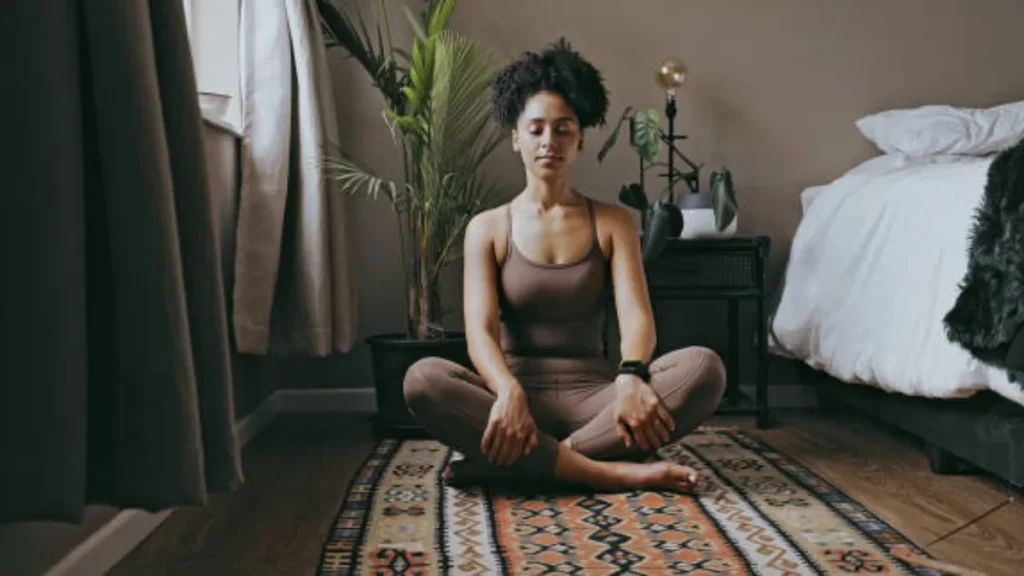
Modifications and Variations for Different Levels
Anyone who practices Vinyasa Yoga will be particularly sensitive to the differences present in everybody. The differences are then not just welcomed but bred through the changes and possibilities described in this guide. Whether you’re a beginner or an advanced yogi, there are always ways to adjust the poses to suit your individual needs.
Adapted props, blocks, or straps are for purposes of alignment and support. Always take it slow and be sure to pay attention to your body as you work through practice. As you progress in your practice, you can start exploring more challenging variations of the poses.
The advanced practitioner would deepen the asana either by adding more complicated variations or by increasing the duration to which the asana needs to be held. Such changes will enhance the strength, flexibility, and overall focus in the mind through the practice session.
The Relationship Between Ashtanga and Vinyasa
Ashtanga and Vinyasa yoga are both traditional practices, with Ashtanga focusing on a series of poses and Vinyasa on continuity. Both emphasize coordinating breathing to movements, promoting mindfulness and attention. Ashtanga practitioners may find creative sequencing or exploration refreshing, while Vinyasa practitioners appreciate discipline and structure. Both styles can provide insights into the body-mind connection.
Conclusion
From the above, vinyasa yoga is more than physical movement; in fact, it is here that this form of yoga lays a huge focus on the power of breath and the link between the mind and body. Its fluid sequence and conscious breath techniques, therefore, have a lot to offer both to the body and mind. Whether one is a novice or a seasoned practitioner in yoga, vinyasa yoga is sure to restore strength and inner peace to daily life.
-

 GENERAL2 months ago
GENERAL2 months agoUncovering the World of кинокрадко: The Dark Side of Film Piracy
-

 GENERAL2 weeks ago
GENERAL2 weeks agoUnveiling the Art of преводсч: How Translators Bridge Language Barriers
-

 YOGA1 year ago
YOGA1 year ago4 Person Yoga Poses for Beginners
-

 GENERAL2 months ago
GENERAL2 months agoThe Journey of iamnobody89757: From Anonymous User to Internet Sensation



